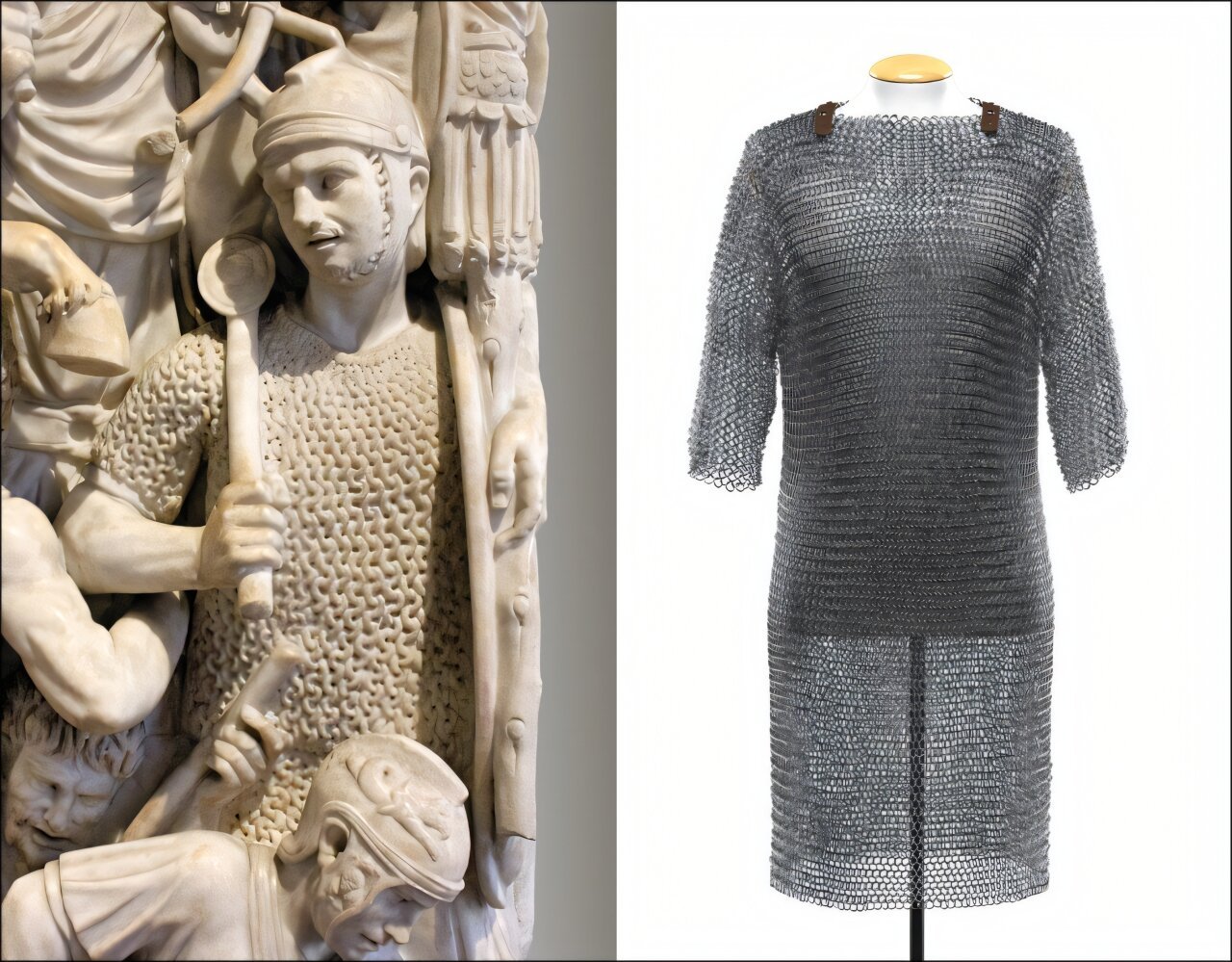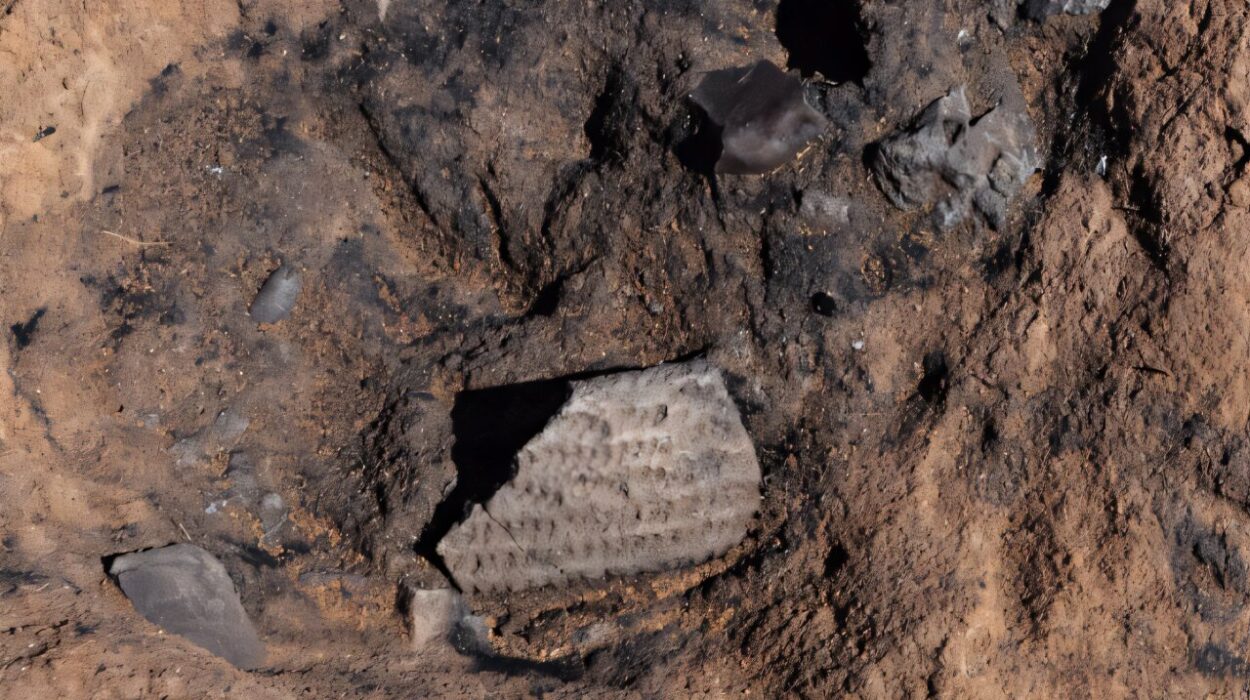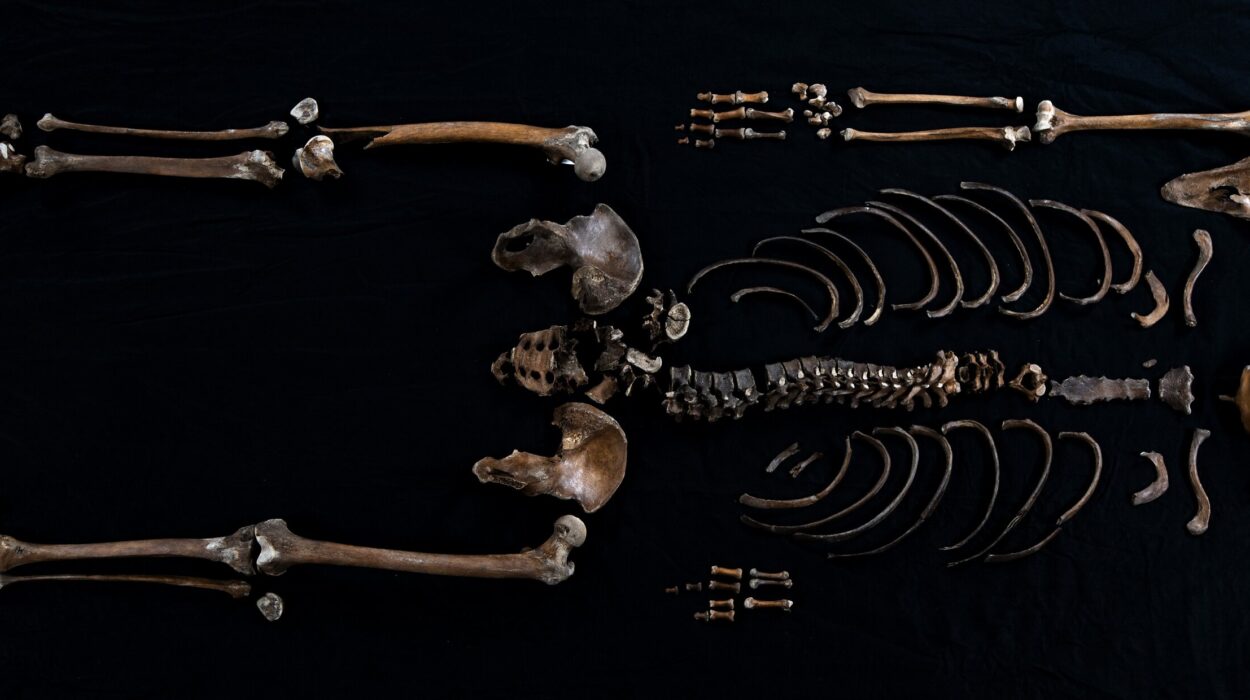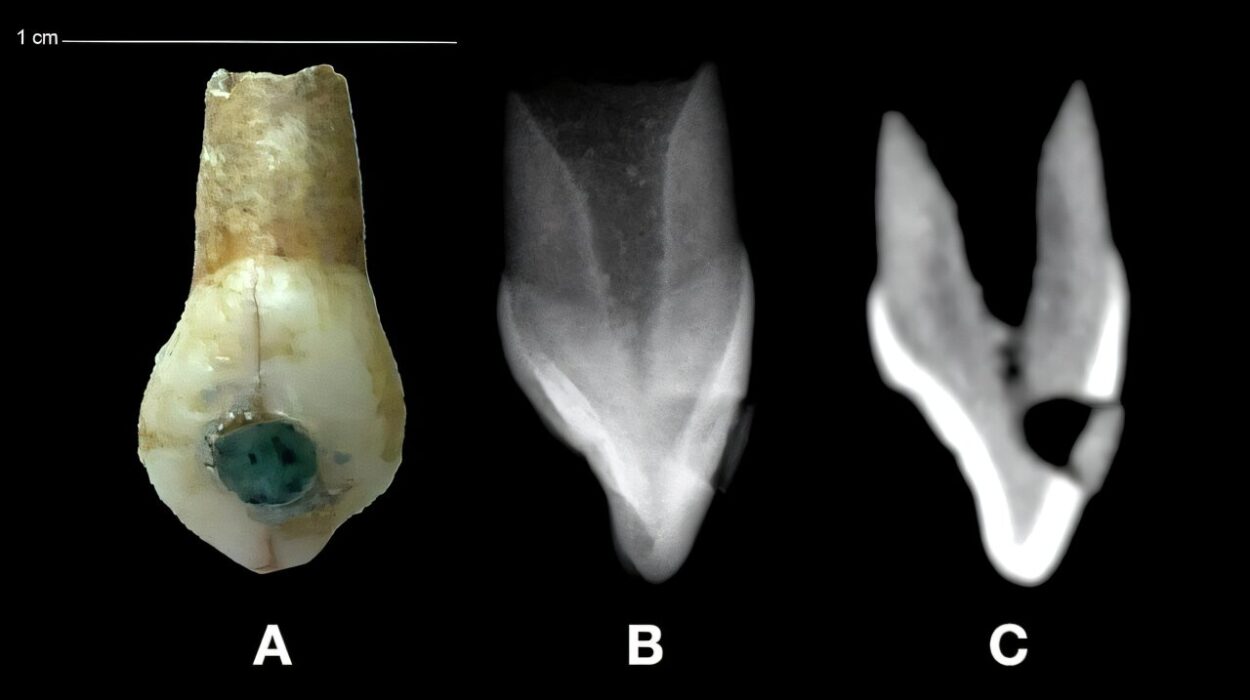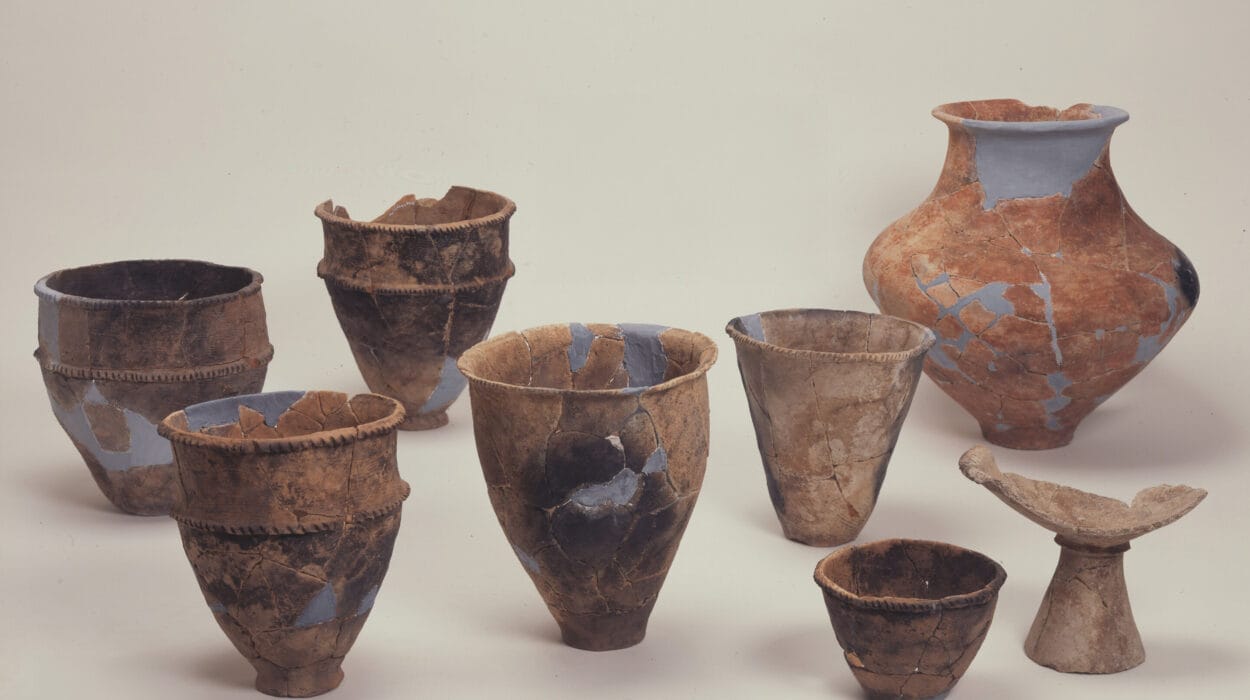The discovery of a 14kg hoard of mail armor near the Roman legionary fortress of Bonn, Germany, has provided researchers with valuable new insights into the logistics of recycling and repair on the northern frontier of the Roman Empire. This find sheds light on how Roman soldiers, far from centralized production centers and established supply chains, managed to maintain and repair their armor using local resources and craftspeople. While much is known about the vastness and structure of the Roman military, less has been understood about how soldiers on the empire’s peripheries, particularly in far-off frontier regions, addressed the more mundane aspects of sustaining their forces, such as the repair of their equipment.
Roman legions were an essential part of the empire’s military apparatus, relying on vast quantities of standard equipment to maintain their dominance. Maintaining this equipment was a logistical challenge, especially on the frontiers where direct access to supply lines was limited. This hoard, uncovered in 2012, includes two nearly complete mail garments and parts of two others, all corroded into a single mass. The importance of this find lies in its unique composition: unlike the more easily recycled forms of metal, such as ingots or coins, the small interlocking rings of mail armor cannot simply be melted down and recast. Instead, repairing and reusing mail involved a different process altogether, akin to mending worn textiles.
Mail armor, commonly worn by Roman soldiers throughout the empire, was typically made from metal rings that were connected in such a way as to form a flexible but durable fabric. Each link played a part in creating a garment that could protect soldiers during battle without restricting their mobility. When these mail garments became damaged or worn out, their rings could not easily be repurposed through melting them down and forging them into new items. Instead, pieces of damaged mail were often used as “donors,” providing individual rings to repair or patch up other garments. This kind of recycling demonstrates the ingenuity and resourcefulness of Roman soldiers and local craftsmen in dealing with materials that could not be easily replaced.
The materials found at the Bonn site confirm that Roman soldiers and their surrounding communities made do with what they had. The 14kg hoard likely represents a stockpile intended for this very purpose—repairing damaged mail armor by recycling components from older pieces. Claudia Koppmann, a researcher at the LVR-Amt für Bodendenkmalpflege im Rheinland, one of the teams responsible for the discovery, emphasized that this find offers the first clear evidence of such repairs taking place outside of a Roman military installation. Previously, it was assumed that such tasks would occur exclusively within the walls of military forts or by directly employed army workers. The discovery challenges this view by suggesting that surrounding civilian settlements were integral in sustaining the army’s needs for functional military gear.
Further investigations revealed that the discovered hoard of mail armor was in such a degraded condition that standard visual inspection alone would not yield enough information about the extent or manner of the repairs. This necessitated the use of advanced technological methods to study the materials more thoroughly. Researchers from the LVR-Amt für Bodendenkmalpflege im Rheinland, the LVR-LandesMuseum Bonn, and the Institute of Archaeology of the Czech Academy of Sciences, Brno, collaborated to employ high-resolution computed tomography (CT) scans of the mail armor.
Holger Becker, from the LVR-LandesMuseum Bonn, highlighted the significance of using X-ray technology in this research. “X-ray technology allows us to see what cannot be seen with the naked eye,” he noted. Given that the mail had been corroded into a solid mass, only CT scans provided the level of detail necessary to examine the inner workings of the armor. This non-invasive technique allowed the researchers to explore the composition and structure of the hoard, revealing the presence of various sizes and shapes of rings used to patch up larger sections of mail armor.
The results of these scans not only confirmed the methods of recycling but also provided a more nuanced view of the military’s relationship with the civilian populations living on the frontiers. Dr. Martijn A. Wijnhoven, a key contributor from the Czech Academy of Sciences, asserted that these findings represent a milestone in the study of Roman military logistics. “This is the first clear evidence that mail armor was being repaired outside a Roman military installation,” he remarked, emphasizing the pivotal role of civilians in maintaining the Roman Empire’s vast network of military fortifications.
Roman military forts were strategically positioned along the empire’s periphery, often located far from central supply hubs. The relationship between soldiers and civilian craftsmen or settlement communities was thus crucial for the survival of these remote garrisons. The process of repairing and recycling armor by local communities highlights an inherent flexibility and interdependence between the army and the inhabitants of the surrounding settlements, a connection that had not been fully appreciated in previous archaeological interpretations.
This discovery helps fill a significant gap in the historical and archaeological understanding of the logistical processes that kept the Roman military running in the northern reaches of the empire. The strategic placement of Roman legionary fortresses often meant they were operating in hostile and unpredictable territories, where maintaining high standards of military equipment was vital to success. The ability to recycle damaged armor would have been an efficient way to ensure the longevity and readiness of the troops, especially when the movement of large supplies could be difficult or even impractical.
The finding also adds a crucial new piece to the puzzle of the Roman Empire’s military organization. For centuries, historians and archaeologists have examined how Rome managed its vast and highly mobile military force. Logistics, supply chains, and local manufacturing capabilities played central roles in ensuring that soldiers had the equipment they needed to perform their duties. However, before this discovery, much of the information on how repair work was managed at the fringes of empire was based largely on theory. This new find provides tangible evidence of how a seemingly minor task—armor repair—was not only handled by local communities but was also integral to the military’s overall efficiency.
The excavation in Bonn aligns with similar findings from other areas of the Roman world, contributing to the understanding of the complexity and scope of military organization beyond the empire’s core regions. The growing body of research into Roman mail armor has revealed that it was used across a variety of contexts, from provincial military forts and outposts to even regions beyond the empire’s direct control. Each discovery adds depth to our understanding of Roman warfare, supply, and communication networks.
The ongoing analysis of materials from archaeological sites like the one near Bonn serves as a reminder of the often-overlooked aspects of empire-building. While much attention is given to grand battles or monumental architecture, it is crucial to also consider how the logistical functions of military operations enabled the Roman army to maintain its presence across the empire. The discovery in Bonn offers a glimpse into the hands-on processes that facilitated the maintenance of one of the most formidable military forces the world has ever known.
Ultimately, findings like the mail armor hoard at Bonn enrich our understanding of the Roman Empire by revealing the intricate layers of its military operations, the resourcefulness of its soldiers, and the vital roles played by surrounding civilian populations. The collaboration of these groups at the fringes of the empire provides important insights into the mechanisms of recycling and repair that were crucial for the day-to-day functioning of the Roman military on the northern frontier.
Reference: Recycling and repair on the Roman frontier: a hoard of mail armour from Bonn, Antiquity 2024. DOI: 10.15184/aqy.2024.178
